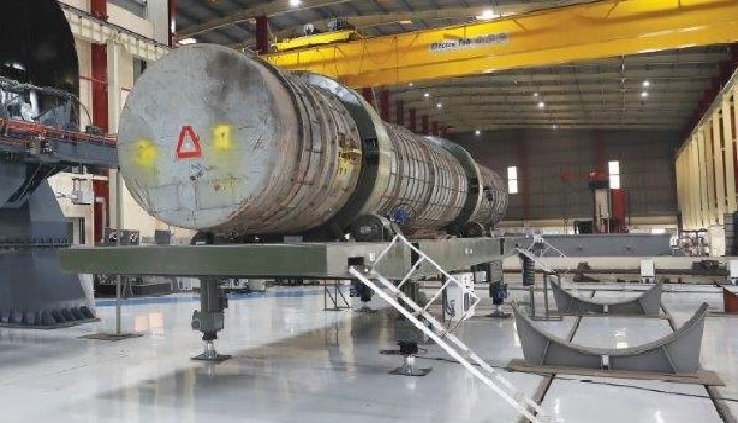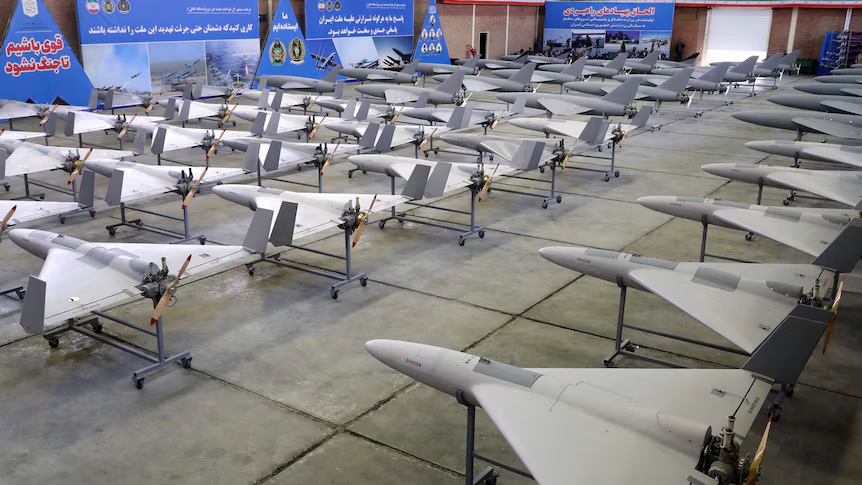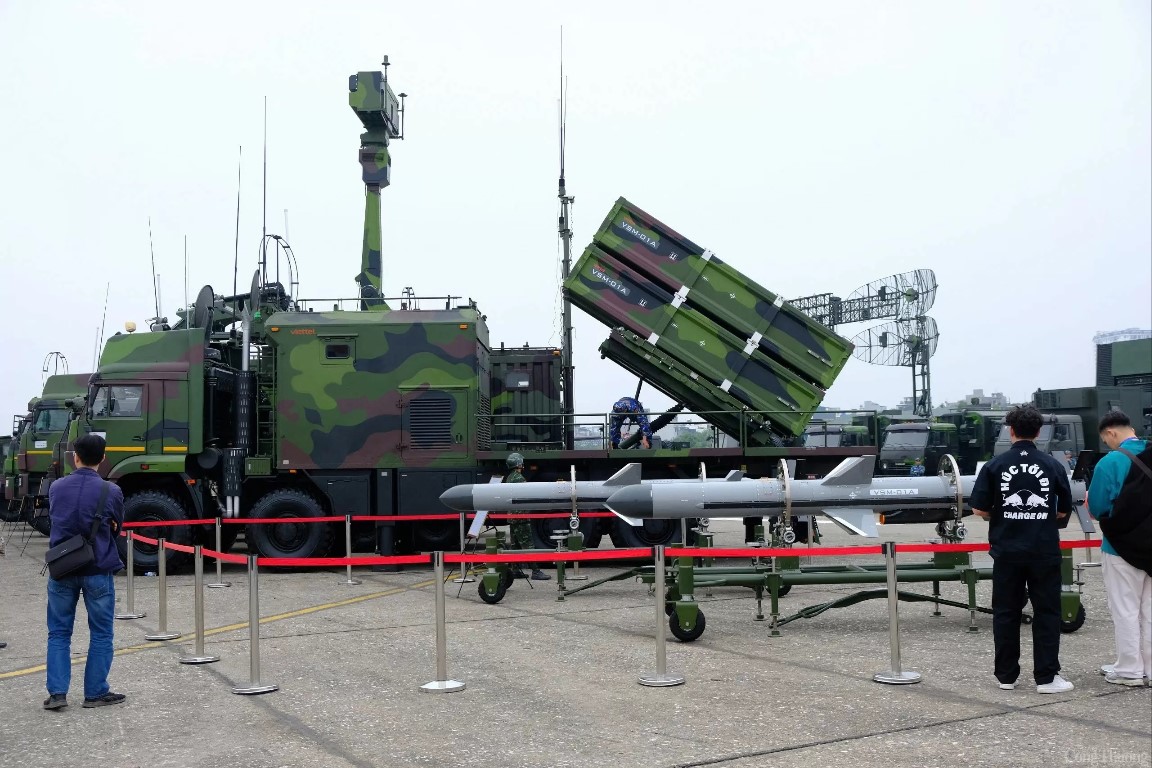DRDO 70-ton Canisterised Missile Launcher ,Agni VI ICBM

The recent unveiling of DRDOs 70-ton canisterized missile system has sparked numerous inquiries, particularly regarding the missile it is designed to accommodate—whether it is intended for the Agni-V Mk-2 or the highly anticipated Agni-VI Intercontinental Ballistic Missile (ICBM). A canisterized missile system involves storing and launching a missile from a sealed container or canister, and various sources are actively deliberating the purpose of this advanced launcher.
The Agni-V Mk-2 is recognized as a modified and lighter iteration of the original Agni-V ICBM, boasting an extended range of 8,000 km while reducing the payload to 40-45 tonnes, a significant reduction from the original 50-55 tonnes. Considering this, speculation arises that the 70-ton launcher may be intended for a missile weighing over 60-65 tons.
This speculation leans towards the likelihood of it being designed for the Agni-VI ICBM, anticipated to have a global range of 10,000-12,000 km, signifying a substantial leap in India strategic capabilities. However, the shroud of secrecy surrounding Agni-VI persists, prompting questions about the reasons behind the government discretion.
One conceivable explanation for maintaining the secrecy around Agni-VI could be concerns about causing global unease. The expected range of Agni-VI might unsettle Western nations and other geopolitical players, leading the government to tread cautiously to avoid diplomatic repercussions. The formidable impact and range of Agni-VI could potentially reshape the power dynamics among nations on a global scale.
A photograph displays the sizable 70-ton system on a specialized fixture for storage and transport, featuring a canister with a simulated missile to replicate the real system. This raises the question: Does India possess covert subterranean locations with fixed ICBM launchers?
It is speculated that India strategically deploys "Tilter cum Launchers" for ICBMs underground, complementing the Mobile ICBM Launchers already in use. This two-pronged strategy fortifies land-based nuclear defense, with hidden static ICBM launchers underground offering various advantages, marking a departure from traditional ICBM silos.
While both Static ICBM Launchers and Silos are stationary, a silo specifically refers to an underground structure designed to house missiles, often with additional protective features. On the other hand, a static launcher may be above or below ground and can encompass various launch platforms.
Advantages of Modular Static ICBM Launchers Vs Traditional ICBM Silos
1. Cost-Effective with Significant Impact: Modular static launchers offer cost-effectiveness, allowing India to reduce expenses related to building and maintaining facilities compared to traditional silos. This financial prudence ensures resources are directed efficiently to other critical defense endeavors.
2. Small Space, Strong Defense: Modular static launchers have a smaller footprint than large silos, enabling strategic placement in densely populated areas, enhancing facility security. The lower visibility adds an element of surprise, deterring potential adversaries and bolstering national security.
3. Exceptional Survival: Underground static launchers provide unparalleled survival by protecting against air threats and attacks. This ensures the robustness of nuclear defense capabilities, with the logistics chain ensuring smooth operations even in challenging situations.
4. Backup for Defense Strength: Incorporating modular static launchers provides an additional layer of defense backup. In a crisis, having multiple launch options, both mobile and static, strengthens the ability to respond effectively, showcasing a commitment to national security.
In conclusion, the introduction of DRDOs 70-ton canisterized missile system represents a significant stride for India defense. The strategic use of modular static launchers brings numerous benefits, from cost savings to increased survivability.
In navigating the complexities of modern geopolitics, this innovative approach positions India at the forefront of technological prowess for nuclear deterrence. Anticipate further advancements in the coming years, affirming the nation dedication to a robust and flexible defense system. Girish Linganna, a Defense & Aerospace analyst, and the Director of ADD Engineering Components (India) Pvt Ltd, provides insights as the Consulting Editor Industry and Defense at Frontier India.


